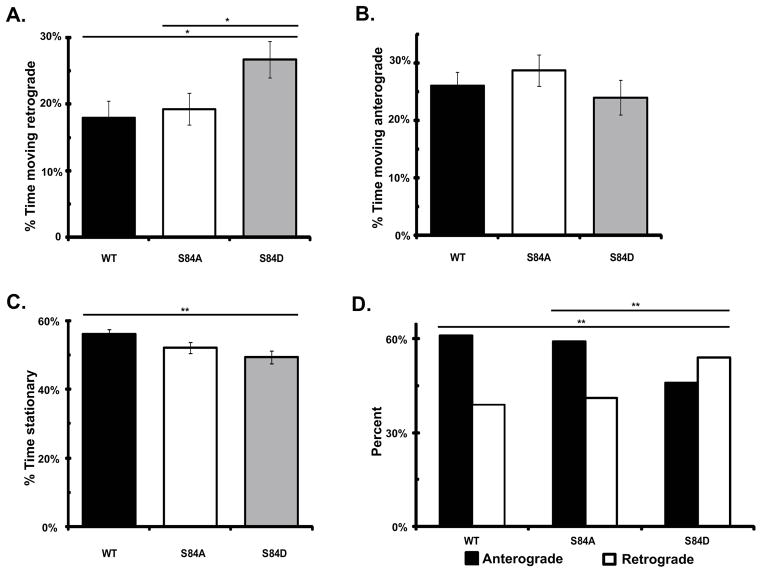Figure 4. The phospho-mimic mutant IC-2C S84D dynein puncta have increased retrograde motility in axons.
Cytoplasmic dynein IC-2C isoforms were separately transfected into neurons and the fluorescent dynein was imaged as for Figure 2.
A, B, C. For each of the three IC isoforms the time each excursive puncta in axons spent moving in the retrograde direction, (A), moving in the anterograde direction (B), and stationary (C) was calculated for each axon and the averages are graphed as percent, black, IC-2C WT; white,IC-2C S84A; and gray, IC-2C S84D. There was a significant increase in the amount of time dynein puncta containing the IC-2C S84D, phosphomimic mutant spent moving in the retrograde direction compared to that of IC-2C WT and the IC-2C S84 mutant, *P<0.02 Student’s t-test. There was no significant difference between the time the WT and the S84A isoforms spent in retrograde movement. No significant differences in the time spent moving in the anterograde direction was observed when the three IC isoforms were compared. The IC-2C S84D mutant dynein puncta spent significantly less time stationary (49.3 +/− 0.02−) than did the IC-2C WT dynein isoform (56.0 =/− 0.01%), ** P< 0.01, Student’s t-test. The S84A mutant was stationary 52.1 +/−0.01% of the time and this was not significantly different from that of IC-2C WT or the IC-2C S84D mutant.
D. For every excursive puncta, the direction of every movement between two frames was identified and the number in each direction for the three IC isoforms was summed and graphed as percent moving retrograde (white) or anterograde (black), IC-2C WT n = 1,758; IC-2C S84A, n = 1,953; and IC-2C S84D, n= 2017. There were significantly more IC-2C S84D movements in the retrograde direction (and fewer in the anterograde direction) than were observed for IC-2C S84 or IC-2C WT; **, P<0.01, Χ2 test.

